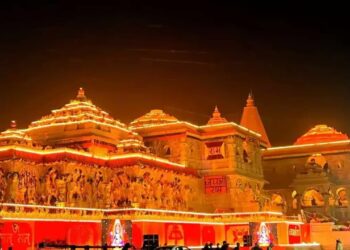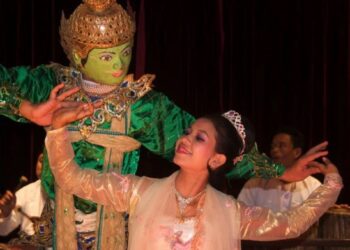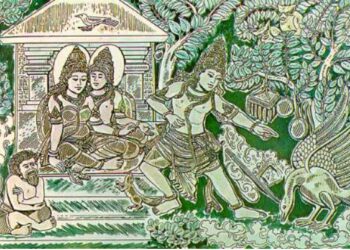In the expansive stretch beyond the ocean, far from the sun-kissed shores of India, exists a realm steeped in its own ancient myths and legends. Yet, within the intricate tapestry of Korean folklore, faint echoes resonate—the epic saga of Ramayana. This transcends a mere narrative of cultural diffusion; it unfolds as a captivating story of shared history and the enduring influence of mythology.
Heo Hwang-ok: The Bridging Figure
The connective thread between these distant realms is Heo Hwang-ok, a legendary queen revered in Korean history. The 13th-century chronicle, Samguk Yusa, narrates that Heo Hwang-ok arrived in Korea at the age of 16, sailing from a distant kingdom known as “Ayuta.”
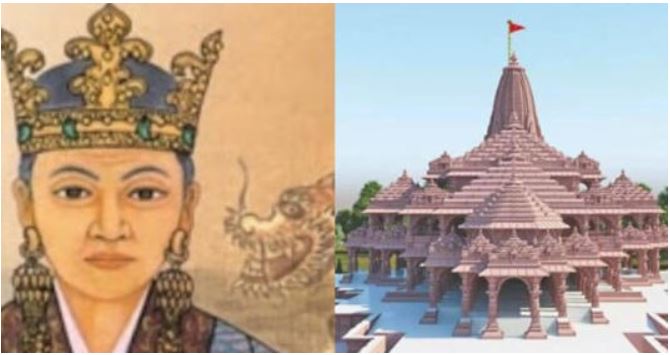
Historians speculate that this “Ayuta” might be Ayodhya, the birthplace of Lord Rama in Indian Hindu mythology.
Heo Hwang-ok’s Journey and Its Resonance with Ramayana
Heo Hwang-ok’s narrative subtly intertwines with the Ramayana. Similar to Sita, who faced abduction by Ravana, Heo Hwang-ok encountered peril during her journey, ultimately reaching Geumgwan Gaya, an ancient Korean kingdom. Her strength, wisdom, and archery skills, reminiscent of Sita’s courage, facilitated her ascent to Queen consort, earning the respect of her people.
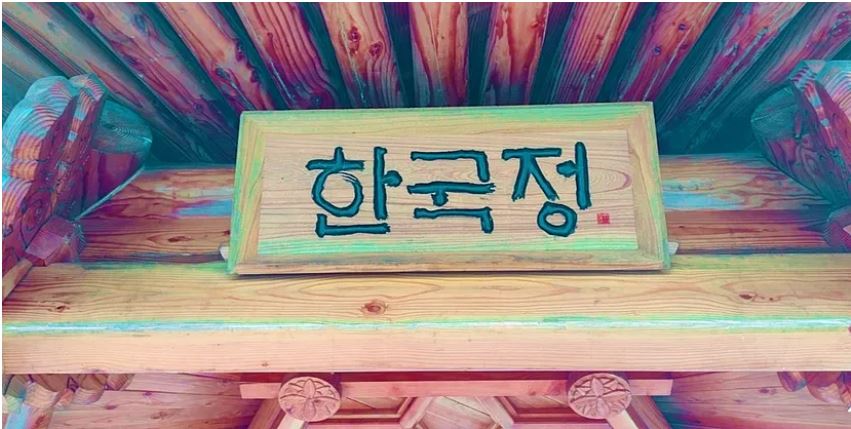
While historical evidence linking Heo Hwang-ok directly to Ayodhya remains a subject of debate, the cultural impact is undeniable. Her tomb in Gimhae, South Korea, stands as a popular pilgrimage site, attracting not only Koreans but also Indian visitors eager to pay homage to a queen believed to share ancient roots with the revered Ramayana.
Contemporary Influence and Ongoing Exploration
In the modern era, the influence of the Ramayana is evident in various facets of Korean culture, including art, literature, and popular media. A graphic novel titled “Sita in Ayodhya” was published in Korea, offering a reinterpretation of the epic from a Korean perspective. Additionally, ongoing cultural exchanges and academic collaborations delve into the intriguing connection between Heo Hwang-ok and the Ramayana.
Queen Heo Memorial Park in Ayodhya
Amidst the bustling energy, there lies a serene haven—Queen Heo Memorial Park—a lesser-known historic link between Ayodhya, India, and Gimhae, South Korea. This oasis, named after the Indian princess Suriratna, who later became Queen Heo Hwang, stands in stark contrast to its surroundings, adorned with various colors and a distinct mood.
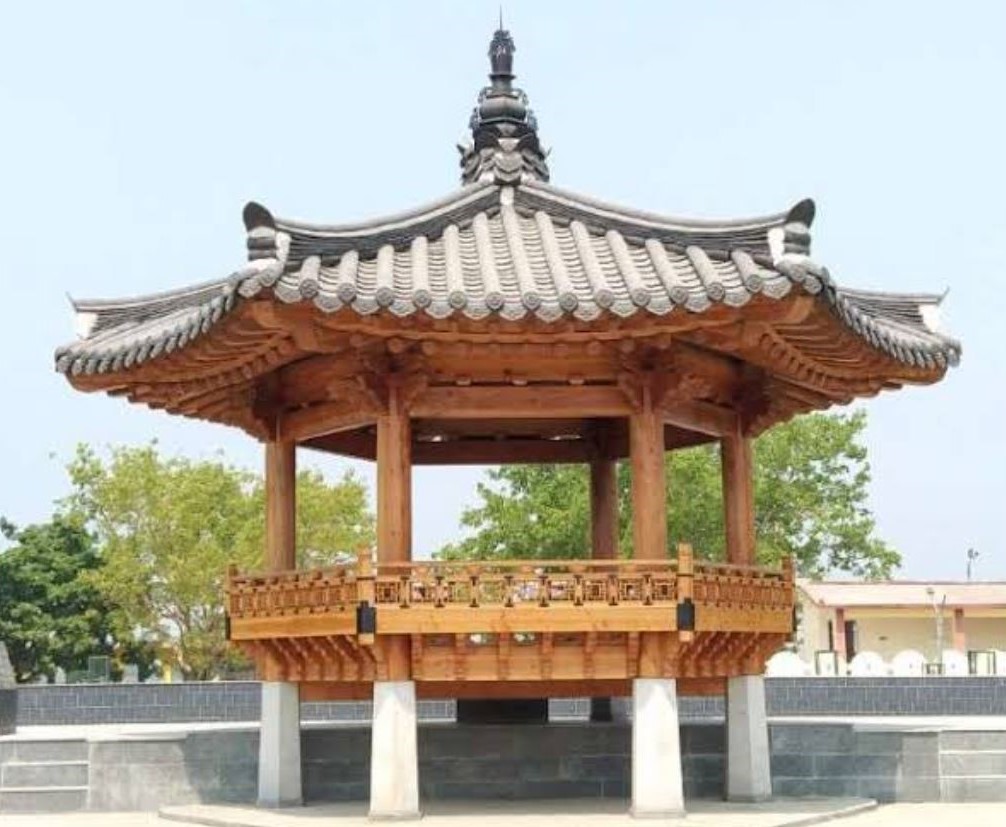
According to the Korean history book “Samguk yusa,” King Kim Suro, who founded the Garak confederacy on the Korean peninsula roughly 2000 years ago, was wedded to Princess Suriratna of Ayuttha, now present-day Ayodhya. Princess Suriratna undertook a remarkable journey of 4,500 kilometers across the sea at her father’s behest and went on to become the first queen of the Garak dynasty. It is estimated that 6 million Koreans are descendants of this historic union.
Cultural Impact and the Tapestry of Shared Narratives
The story of the Ramayana in South Korea goes beyond historical conjecture, emphasizing the power of myth to bridge diverse cultures and continents. It exemplifies how shared narratives foster understanding, weaving a tapestry richer and more vibrant for its diverse threads.
As we delve deeper into this enthralling connection, we are reminded that legends, like rivers, flow through time and distance, enriching the cultural landscapes they touch. In the gentle echoes of the Ramayana resonating in the Land of Morning Calm, we discover a shared humanity that binds us closer than we ever imagined.
Conclusion
So, the next time you hear the Ramayana being recited, remember that its echoes might resonate far beyond the shores of India, finding unexpected resonance in the hearts of a people far away, forever bound by the invisible threads of myth and history. The story of the Ramayana in South Korea serves as a testament to the timeless power of storytelling to connect, inspire, and weave the fabric of our shared human experience across borders and centuries.


